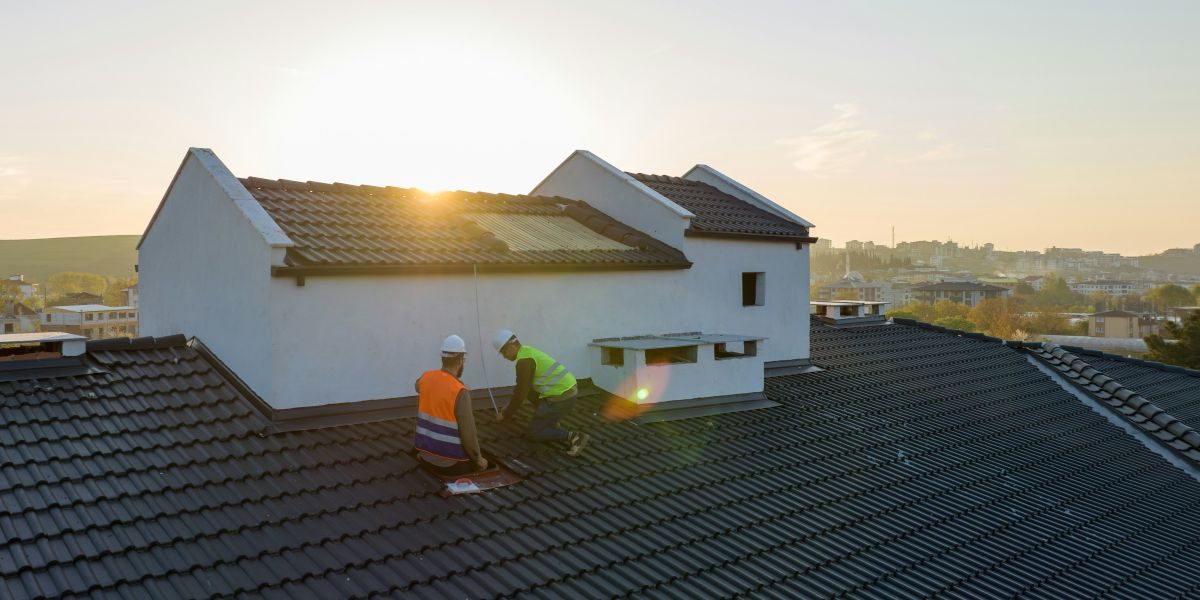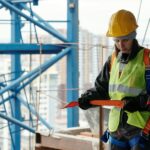Simply put, roof ventilation enables the circulation of air throughout an attic. While essential for extending the longevity of a roof, regulating indoor temperatures, and reducing energy costs, many homeowners remain unaware of the benefits of proper roof ventilation. Poor roof ventilation can result in health risks, property damage, and other issues, so it is important to understand this key part of your home.
What Is Roof Ventilation?
A roof is generally equipped with a series of intake (soffit, gable, etc.) and exhaust (ridge, etc.) vents, bringing fresh air into the attic while allowing hot, humid air to escape. Relying on the natural rising of hot air, these systems naturally cycle air through an attic to prevent the buildup of heat, moisture, and odors, which can contribute to mold growth, cause the formation of ice dams in cold climates, and increase energy costs
Risks Associated With Moisture Buildup
Improper roof ventilation can lead to moisture buildup, caused by condensation from hot air. With enough water in the attic’s interior atmosphere, your home can become the perfect place for mold and mildew to grow inside, and moss to grow on the roof itself. This growth can do serious damage to the integrity of any structure, but the roof is especially susceptible.
The Possibility of Increased Energy Costs
By using natural phenomena to manage air circulation in the attic, homeowners can actually lower their energy bills. When hot air is constantly trapped in the attic due to poor or nonexistent roof ventilation, the entire house is made that much warmer. This can strain air conditioning systems, causing them to run longer and with more intensity, not only raising costs but also increasing the risk of damage.
Of course, simply ensuring that a roof is properly ventilated can help homeowners make the most of their climate systems, improving indoor comfort and saving on energy costs at the same time. A properly ventilated roof increases a home’s overall energy efficiency, demonstrating just how much the integrity of a roof can impact the entire home.
The Buildup of Ice Dams in Cold Climates
In a cold climate, improperly ventilated roofs are at risk of forming ice dams. Especially damaging for gutters and roof shingles, these form when ice collects in the gutter and prevents snow from flowing off the roof, creating a pool of trapped water as attic heat causes it to melt. With enough time, the water can penetrate the attic and cause significant damage. A properly placed ridge vent can help avoid these scenarios entirely.
Choosing the Right Materials for a Ventilation System
Roofing specialists, such as Chris Feniello Roofing Contributor, further recommend that homeowners should consider the proper choice of materials for maintaining a roof’s integrity. Not only does proper material improve roof ventilation systems, but it can also increase the value of an existing structure.
Find the Right Ventilation System
An investment in reliable roof ventilation could save you thousands in the long run, whether on energy bills or entire structural repairs. Cleaning mold certainly isn’t easy, and no one looks forward to replacing the roof of their home. To avoid these issues in the future, consider investing in proper roof ventilation if you don’t already have it, and make sure to maintain the integrity of your existing system if you do.
Published by Jeremy S.
















